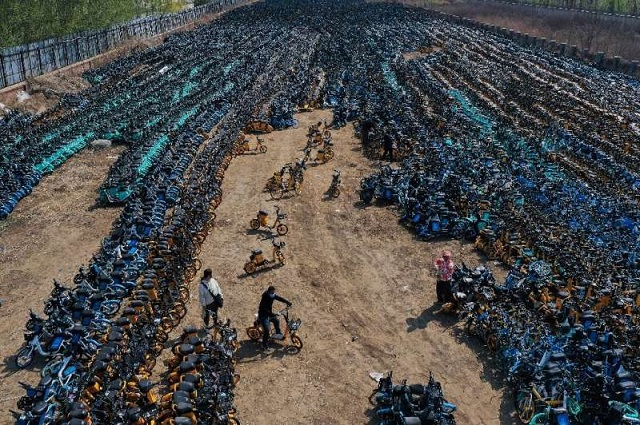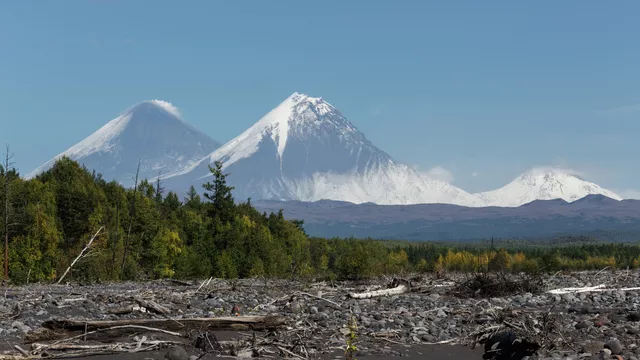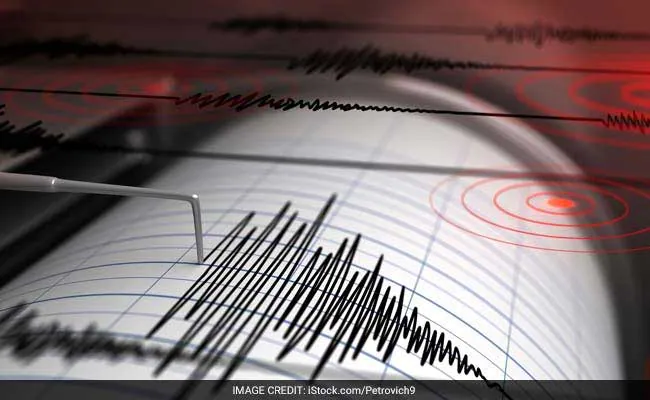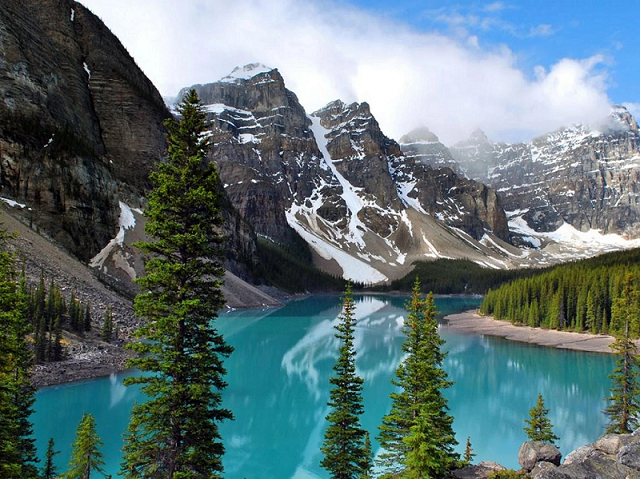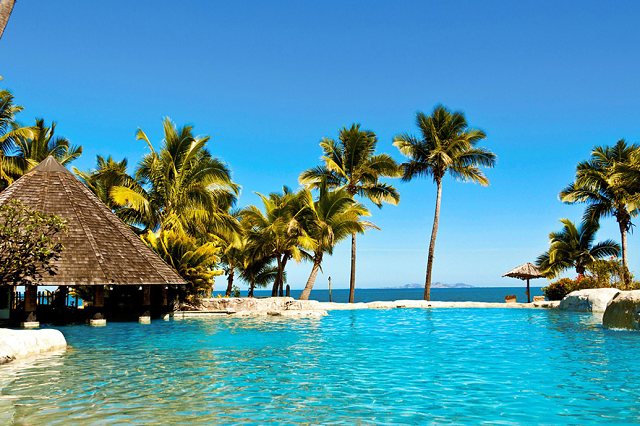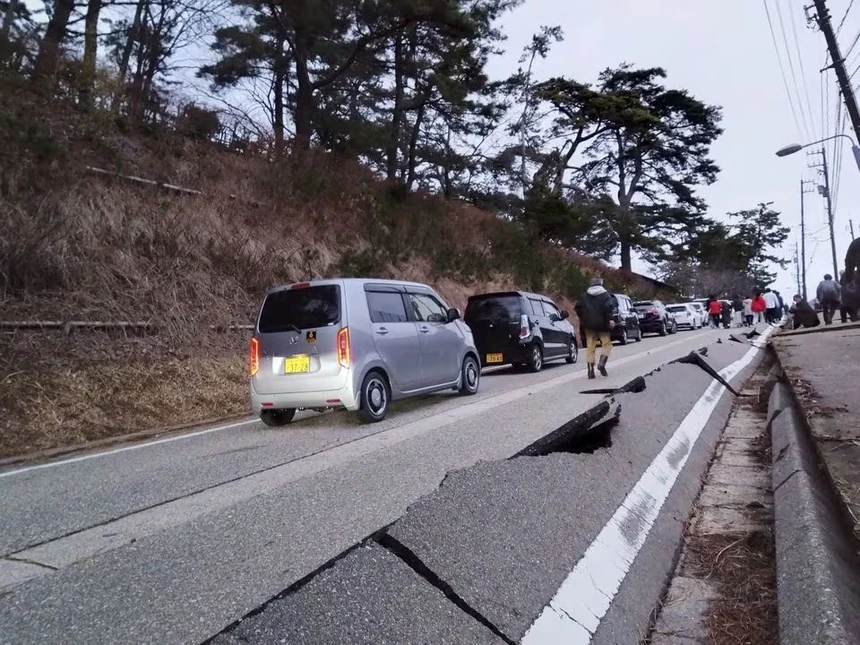Japan experienced a devastating earthquake
On Monday, a formidable earthquake struck central Japan, resulting in the loss of at least one life, the destruction of buildings, widespread power outages affecting tens of thousands of homes, and the evacuation of residents in coastal areas to higher ground.
The earthquake, initially reported with a magnitude of 7.6, generated approximately 1-meter-high waves along Japan's west coast and in neighboring South Korea. The Japan Meteorological Agency (JMA) issued a significant tsunami warning, the first since the devastating March 2011 earthquake and tsunami that claimed nearly 20,000 lives in northeast Japan. However, the warning for Ishikawa prefecture was later downgraded and eventually reduced to an advisory. According to the U.S. Geological Survey, it was the most powerful quake in the region in over four decades.
Government spokesperson Yoshimasa Hayashi informed reporters that the quake caused house demolitions, fires, and necessitated the dispatch of military personnel for rescue operations. Tragically, an elderly man lost his life when a building collapsed in Shika Town, Ishikawa.
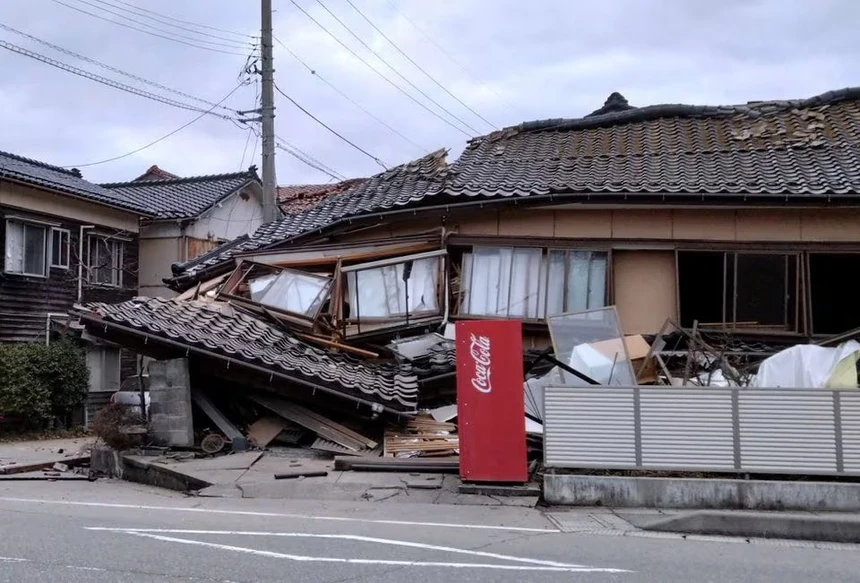
Social media and local media coverage depicted the destruction, with footage showing buildings collapsing in cities like Suzu and significant road damage in Wajima. Witnesses shared alarming scenes, such as the Keta Grand Shrine near the coast swaying during the quake.
The earthquake's impact extended to Kanazawa, a popular tourist destination, where images displayed the remnants of a shattered stone gate at the entrance of a shrine. In the aftermath, the JMA warned of the possibility of more strong quakes in the region in the coming days. Russia and North Korea also issued tsunami warnings for specific areas.
The Japanese government, responding to the crisis, ordered over 97,000 people in nine prefectures on the western coast of Honshu, Japan's main island, to evacuate. Evacuees were directed to spend the night in sports halls and school gymnasiums.
Prime Minister Fumio Kishida urged search and rescue teams to prioritize saving lives despite challenging access to affected areas due to blocked roads. The Imperial Household Agency announced the cancellation of Emperor Naruhito and Empress Masako's planned New Year appearance.
The earthquake occurred at a delicate time for Japan's nuclear industry, which faced opposition since the 2011 Fukushima disaster. The Nuclear Regulation Authority reported no irregularities at nuclear plants along the Sea of Japan, including the recently operational Kashiwazaki-Kariwa plant.
As a precaution, a "Tsunami! Evacuate!" message flashed across television screens, prompting residents in specific coastal areas to leave immediately. Reports indicated at least 30 collapsed buildings in Wajima, with fires engulfing several structures.
The earthquake also affected Tokyo, some 500 km away, and left almost 32,000 households without power in Ishikawa prefecture, with temperatures expected to drop near freezing overnight. Transportation services, including bullet trains and flights, were disrupted, and one of Ishikawa's airports closed due to runway damage.
